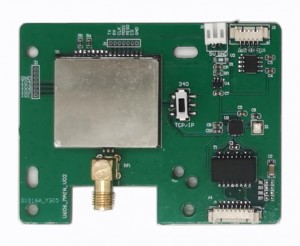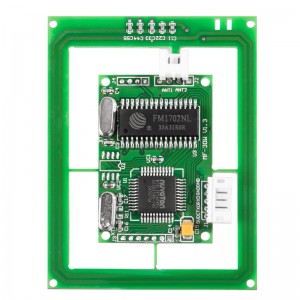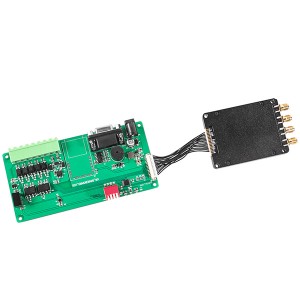Overview of electronic tags
A non-contact electronic tag is composed of a microchip attached to an antenna. There are different types of labels in different applications. According to the different working frequencies, RFID tags can be divided into different types such as low frequency (LF), high frequency (HF), ultra-high frequency (UHF), and ultra-high frequency (SHF). The working principle of RFID varies in different frequency bands. RFID electronic tags in the LF frequency band generally adopt the principle of magnetic field coupling, while in the HF frequency band they generally adopt the principle of electromagnetic field coupling. RFID in the UHF and microwave frequency bands generally adopt the principle of electromagnetic wave open circuit emission. The basic structure of tag chips in different frequency bands is similar, generally including functional modules such as RF front-end, analog front-end, digital baseband, and storage unit. Among them, the RF front-end is used for rectifying and reverse modulating the RF signal; Simulated front-end is used to generate the required reference power supply and system clock, power on reset and other functional circuits within the chip; The digital baseband unit is used for encoding digital signals and processing anti-collision protocols, etc; A storage unit is used for storing user or item information.
There are two types of RFID tags: active and passive. Active RFID tags have a battery that provides power for the circuit operation of microchips and sends signals to electronic tag readers and writers. This is very useful for tracking high-value goods, as they require long-distance scanning, such as trains on the track, which is expensive and not suitable for low-cost goods. Passive tags do not have batteries, they obtain electrical energy from the electromagnetic field emitted by the reader. When the tag is within the effective field strength range, the antenna in the tag can cut the electromagnetic field and generate induced current due to frequency resonance.
The production process of electronic tags includes the design and manufacturing of chips, the design and manufacturing of antennas, the combination of chips and antennas, tag packaging technology, and corresponding tag reading and writing equipment (usually the production of electronic tags).





















